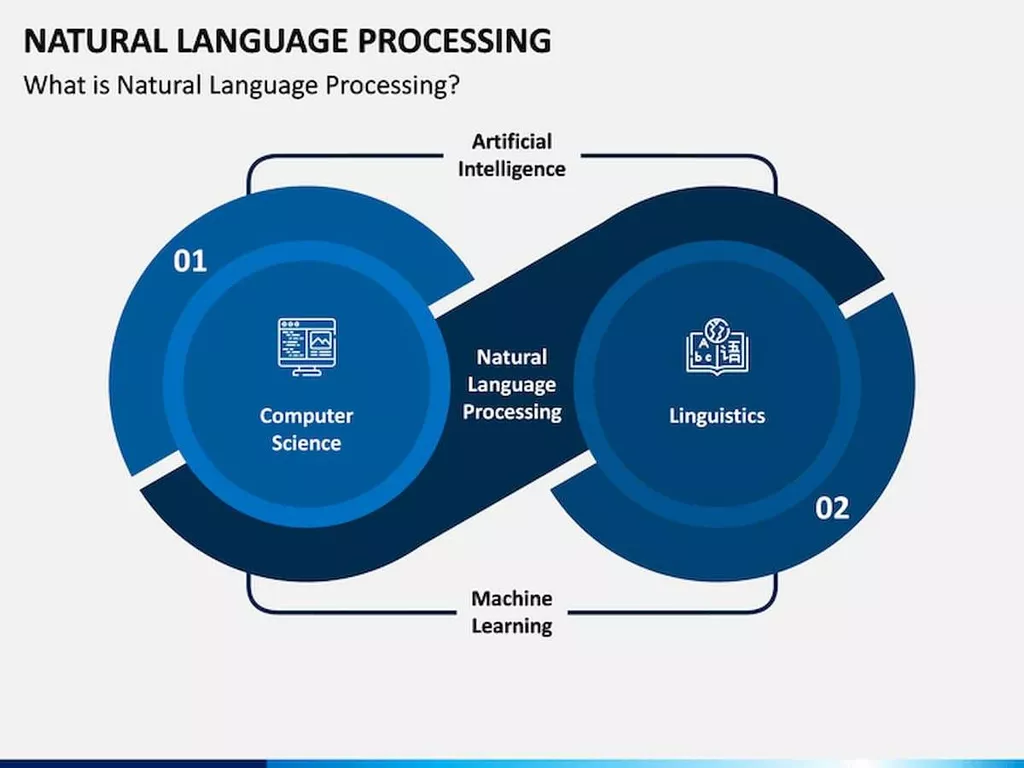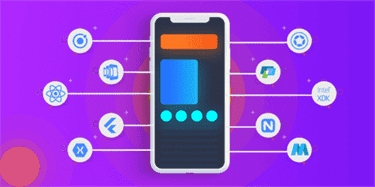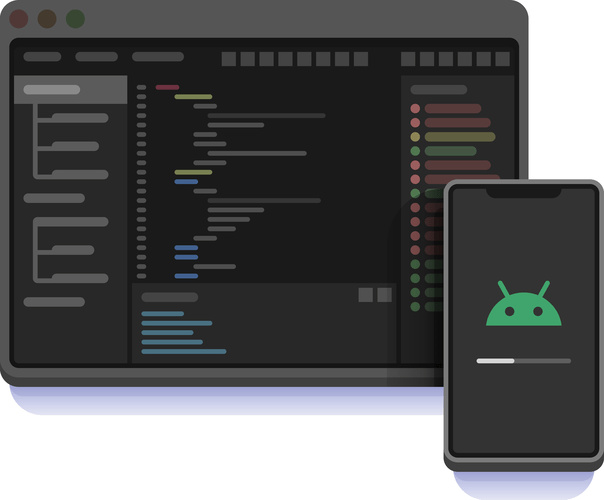These occasions may have occurred prior to now or could also be a concern for future occurrences. Risks can serve as a dependable parameter to plan, schedule, and allocate tester effort. The most typical complaint that comes from software testing utilizing the Agile method is the shortage of time. Since the term is itself a synonym for velocity, its emphasis on getting issues done is risk level definition self-explanatory.
Breaking Free From Software Program Testing Myopia
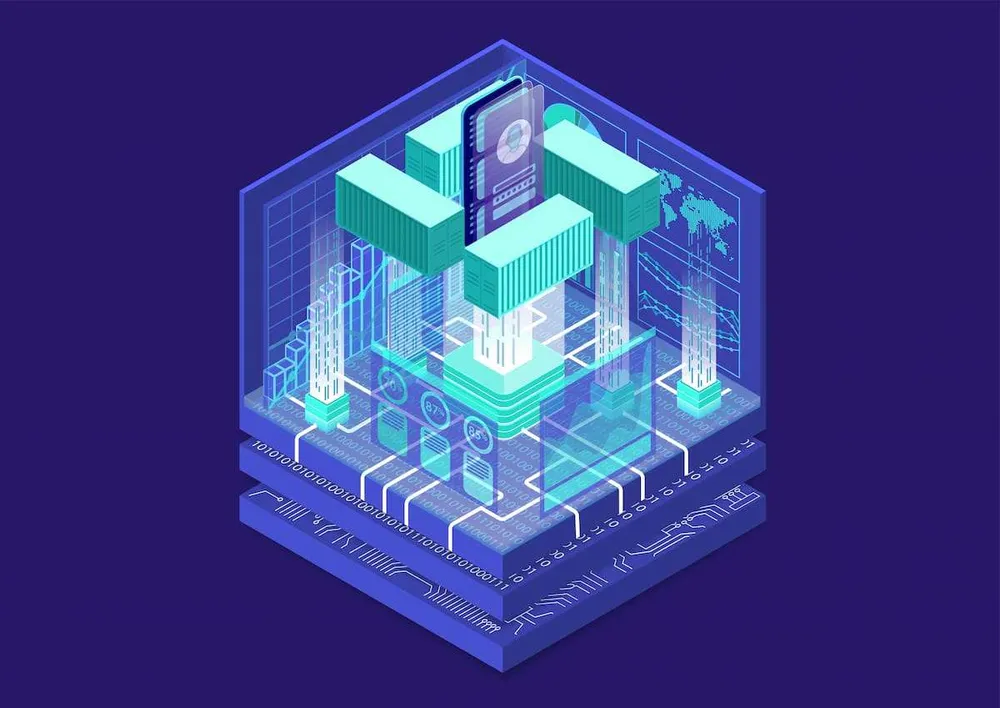
However, not all exams are created equal, and the assets out there for testing are often restricted. Once the listing of potential dangers has been recognized, the next step is to research them and to filter the danger based mostly on the significance. One of the qualitative danger analysis approach is utilizing Risk Matrix (covered within the subsequent section). This approach is used to find out the probability and impression of the risk. As organizations attempt to remain ahead in an increasingly https://www.globalcloudteam.com/ aggressive market, the position of AI and machine studying applied sciences in risk-based testing can’t be overstated.

How Unbiased Software Program Testing Improves Software High Quality
A contingency plan is also called the motion plan/back up plans for the worst case scenarios. In other words, it determines what steps could be taken when an unpredictable event materializes. The subject of risk-based testing is repeatedly evolving, and several exciting developments are on the horizon. 💖 Do not forget to follow us on Linkedin and Facebook to study more about software program testing and tech news. Sérgio Freire is the Head of Solution Architecture and Testing Advocacy at Xray.
Prioritization And Danger Evaluation Matrix
RBT (Risk-Based Testing) is a testing strategy that follows the ideas of Risk Management but in a testing context. This article will introduce you to Risk-Based Testing — by the top, you’ll have the ability to perceive the purpose and means of RBT, in addition to tips on how to consider threat at different levels. Keep in thoughts that RBT is built on prime of Risk Management and plenty of comparable concepts and rules apply.
Risk Identification = Take A Look At Analysis
Beyond its intuitive recording features, Ranorex Studio allows custom code module creation using C# or VB.NET,… Gather buyer feedback and critiques to enhance the business, product, service and expertise. The priority is classified into 4 classes, which is mapped towards the severity and likelihood of the chance as shown in beneath picture. Contingency may be described as a possibility of an unsure event, but the impression is unknown or unpredictable.
For What Kinds Of Projects Is Danger Based Testing Most Suitable?
By focusing testing efforts on probably the most critical areas of the software, risk-based testing ensures that the testing team is utilizing its resources efficiently. This approach allows testers to focus their time and vitality on the areas of the application which might be most probably to cause problems or have the best impression on customers. Reporting ought to focus on residual risks, documenting and conveying the outcomes of risk-based testing actions to stakeholders. Deliver complete reviews that outline the recognized dangers, their impacts, and the corresponding mitigation actions undertaken.
- In Risk-based testing, the testers usually test the important performance of the app or this system and thus will cross on the result.
- The risk proprietor is liable for identifying options to reduce the likelihood and impact of the assigned dangers.
- Risk-based testing offers a sensible solution for allocating finite resources, considering the time and budget limitations in software testing.
- One of the key challenges in risk-based testing is the difficulty in threat quantification.
Rbt’s Advantages May Be Summed Up As:

Risk is the incidence of an unknown incident that has a constructive or unfavorable influence on a program’s observable success standards. It could additionally be one thing that happened in the past, something that’s taking place now, or something that may happen in the future. These unforeseen events can affect a project’s expense, market, technological, and quality objectives. Joe Elledge is an accredited trainer of BCS, ICAgile, iSQI, PeopleCert and ISTQB certified programs, with over 20 years’ experience in check management, high quality assurance and training roles. When we create a check to ensure that the Log On operate works, we do so specifically as a result of there is a threat that it will not work.
Peculiarities Of Testing The Golang Applications: Benefits, Used Approaches, Specificity

This ensures that potential points are resolved early in the improvement process, diminishing the probability of defects or failures and elevating the software program’s general quality. By actively in search of feedback from numerous stakeholders, organizations can achieve priceless insights into potential dangers and areas for enchancment. This suggestions might help identify any gaps within the danger assessment course of and provide priceless input for refining testing strategies. By incorporating feedback into threat management, organizations can enhance their risk-based testing approach and be sure that potential risks are effectively addressed. Effective risk-based testing is essential for organizations to identify and mitigate potential points of their software program growth projects.
In order to keep away from unnecessary dangers or no less than mitigate them, you may enforce “reviewing on requirements” and even on check circumstances. Since requirements are problem kind based mostly, you could apply Jira workflows on them and/or set them to read-only. Anyway, you’ll want to search out defects associated with certain assessed dangers, no matter at what level they have been identified, so you can decide how to proceed or deal with them. In this publish, you’ll discover methods to carry out Risk Analysis by defining impression, chance and risk-level, in addition to how to set-up and configure your Risk-Based Testing technique utilizing Xray. Start working checks on 2000+ actual browsers and devices on BrowserStack’s actual device cloud.
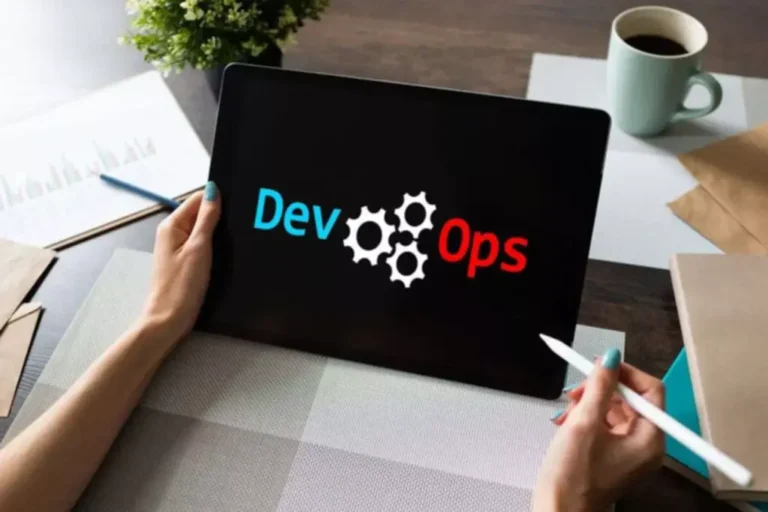
When we base a danger assessment on info from a tester, there’s at all times the risk that the information is distorted, unreliable, or deceptive. It isn’t always the case that testers lie, however they do typically overlook issues or have a reminiscence that’s skewed in opposition to their viewpoint. Risk-Based Testing (RBT) has been an necessary method within the palms of check managers for greater than 20 years, and it is well known by testers and investors as a crucial component of software testing. Well, in Risk Identification one examines the context, realises that there are far too many dangers to have the flexibility to determine and handle them all, so we work to pick the numerous, important dangers and manage these. Therefore you might create, for instance, one Test Plan containing all the Tests related with the best danger level items and distinct ones for the opposite threat ranges; on every Test Plan, you might further prioritize Tests. The Overall Requirement Coverage Report allows visually grouping of requirements by custom fields, thus you could easily group by risk degree related area, for example.
Risk Register is a spreadsheet which has an inventory of recognized dangers, potential responses, and root causes. It is used to watch and monitor the risks (both threats and opportunities) all through the life of the project. Risk response strategies can be used to manage constructive and unfavorable risks. Test effectiveness measures the general effectiveness of the testing effort.
Examples of constructive risks embody entering new markets, implementing new applied sciences, pursuing strategic partnerships, or exploring innovative ideas. There are various features that the appliance provides, but the impression on the customer if a number of the features don’t work varies. Deliver unparalleled digital expertise with our Next-Gen, AI-powered testing cloud platform. The true functionality of testing in real-world situations can solely be leveraged when examined on actual browsers, devices, and operating system mixtures. Cloud-based digital experience testing platforms like LambdaTest supply real system cloud to perform guide and automated testing of your net and cellular apps on over 3000+ real browsers, gadgets, and operating techniques.
In different words, the risk-based testing approach organizes testing efforts in ways in which lower the residual stage of product threat when the software program goes into production. This technique is useful for check evaluation, planning, estimation, design, execution, and outcomes reporting. In the fast-paced world of software growth, making certain the standard of software program merchandise is of utmost significance. One strategy that has gained traction in current years is risk-based testing. By strategically prioritizing checks primarily based on the identified dangers, organizations are in a place to optimize their testing efforts while guaranteeing a high stage of software program quality. By prioritizing testing efforts based on these dangers, organizations can allocate sources effectively, focusing on critical areas and mitigating potential points before they impression end-users.








